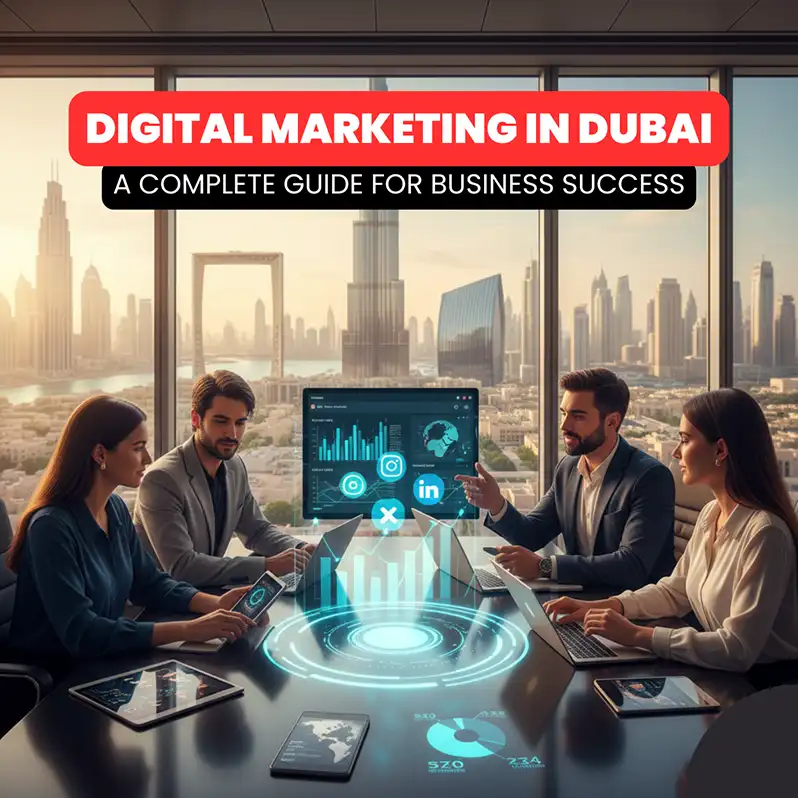Melanie Perkins Faced 100 Rejections Then Built an Empire
Melanie Perkins is not your typical tech billionaire. Born in Perth, Australia, in 1987, she started with a simple idea that would change how millions of people create designs forever. Today, she’s the CEO of Canva, one of the world’s most valuable startups, worth over $40 billion. But her journey to success wasn’t easy – it was filled with rejections, struggles, and moments when giving up seemed like the only option.

The story of Melanie Perkins Canva begins when she was just 19 years old. While studying at university, Melanie noticed her classmates struggling with design software like Adobe Photoshop. These programs were too complicated and expensive for regular people who just wanted to make simple posters or school projects.
“Why can’t design be as easy as using Google Docs?” she wondered. This simple question planted the seed for what would eventually become Canva. But first, she had to learn the hard way that turning ideas into reality takes time, patience, and lots of determination.
Before creating Canva, Melanie started a smaller company called Fusion Books with her boyfriend (now husband) Cliff Obrecht. This company helped students create digital yearbooks online. It was much simpler than what we know as Canva Login today, but it taught Melanie important lessons about running a business.
Fusion Books became successful in Australia, but Melanie had bigger dreams. She wanted to create something that would help everyone in the world design beautiful things, not just students making yearbooks.
Here’s where the story gets tough. When Melanie first pitched her idea for Canva to investors, almost everyone said no. In fact, she was rejected by over 100 venture capitalists (VCs) – the people who give money to help start new companies.
Many investors didn’t believe that regular people needed easy design tools. They thought professional designers would always use complicated software like Adobe Photoshop. Some investors even laughed at her idea, saying it would never work.
Each “no” was painful, but it also made Melanie stronger. She learned to explain her idea better and to show why Canva AI and simple design tools would be important for the future. She also realized that being rejected didn’t mean her idea was bad – it just meant she needed to find the right people who believed in her vision.
During this difficult time, Melanie worked as a waitress and taught design classes to pay her bills. She never gave up on her dream, even when it seemed impossible.
In 2012, everything changed. Melanie met Bill Tai, an investor who understood her vision. He introduced her to other important people in the tech world, including Cameron Adams, who became Canva’s third co-founder and chief product officer.
With the right team and some initial funding, melanie perkins canva officially launched in 2013. The timing was perfect – social media was growing fast, and people needed to create images for Facebook, Instagram, and other platforms.
Canva’s secret was making design as easy as dragging and dropping. Users didn’t need to learn complicated tools or spend years studying design. They could simply pick a template, change the colors and text, and create beautiful designs in minutes.
This simplicity attracted millions of users quickly. Small business owners could make their own flyers. Students could create professional-looking presentations. Social media managers could design posts without hiring expensive designers.
Today, Canva AI represents the next step in making design even easier. The AI assistant can help users write text, generate images, and even suggest design improvements. This technology makes Canva feel like having a professional designer helping you with every project.
Even after Canva launched successfully, Melanie faced many challenges:
Big companies like Adobe and Microsoft saw Canva as a threat. They had more money and resources, but Canva had something they didn’t – simplicity and affordability that regular people loved.
As millions of people started using Canva Login every day, the company had to constantly upgrade its servers and hire more employees. Managing this rapid growth while keeping the product simple was incredibly difficult.
As Canva became more valuable, some people suggested making it more expensive or complicated to increase profits. Melanie always refused, staying true to her original goal of making design accessible to everyone.
Today, Canva is used by over 170 million people worldwide. The company creates billions of designs every year and is valued at around $40 billion. Melanie Perkins is now one of the world’s youngest female billionaire CEOs.
Canva has grown beyond simple graphic design. Users can now:
Companies like Lumrah Media, a Digital Marketing Agency in Sharjah, and other Digital Marketing Agency Sharjah businesses use Canva daily. The tool has revolutionized how marketing agencies create content for their clients, making professional design accessible to agencies of all sizes.
Melanie’s story shows that even the best ideas might be rejected many times before finding success. The key is to keep improving and never give up.
Canva succeeded because it solved a real problem that millions of people had – the need to create beautiful designs without learning complicated software.
While competitors added more complex features, Canva stayed focused on being simple and easy to use. This focus on simplicity became their greatest strength.
Melanie Perkins continues to lead Canva toward an even bigger future. The company is investing heavily in Canva AI to make design creation even more intuitive. They’re also expanding into new areas like video editing, website building, and collaborative workspaces.
Melanie’s vision remains the same as when she was 19: to empower everyone in the world to design. With over 170 million users and growing, that vision is becoming reality.
Today, when someone needs to create a quick social media post or professional presentation, they don’t think about hiring a designer or learning complicated software. They simply open Canva Login and start creating. That’s the true measure of melanie perkins canva success – making design so simple that it becomes invisible.
From 100 rejections to a $40 billion company, Melanie Perkins proved that with determination, the right team, and a solution to a real problem, anyone can change the world.


